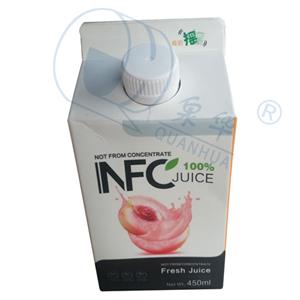How big is the pattern of “The Belt and Road”? -1 Eurasia is connected
Eurasia is connected
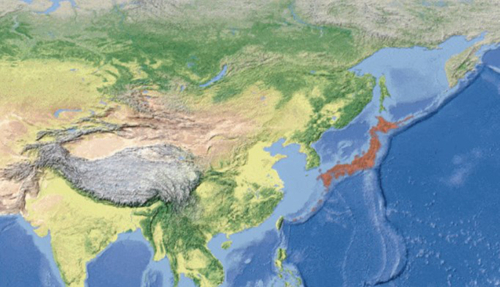
The most intuitive thing on the map is that several north,
central and south railway lines have been built between the Eurasian continent,
namely the China-Europe Railway Express.
Among them, the Northern Corridor mainly connects Mongolia,Russia, and Belarus through railway ports such as Erenhot and Manzhouli in Inner Mongolia, China, and reaches other European countries through Poland.
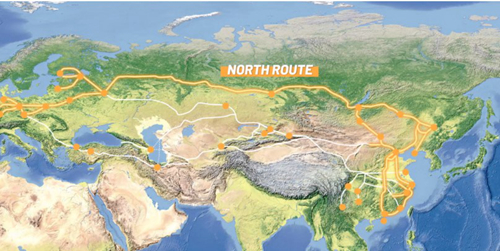
The middle passage mainly connects to Kazakhstan via the Alashankou and Horgos railway ports in Xinjiang, and meets the north passage in Moscow.
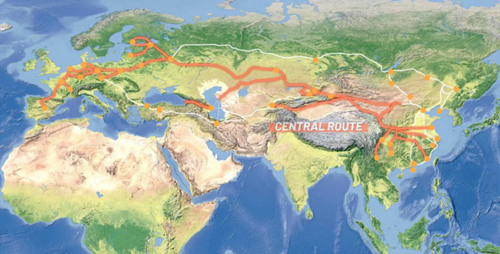
The Southern Passage exits Xinjiang, connects Kyrgyzstan, Iran, and Turkey,
and then crosses the Black Sea Strait to Europe.
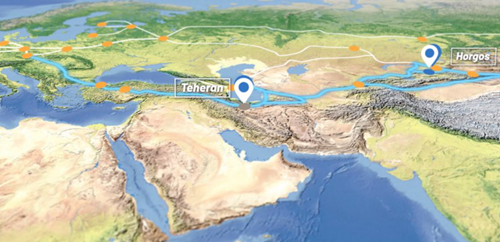
These intercontinental railways have greatly reduced trade costs by providing
a swift and cost-effective alternative to sea or air freight, thereby driving
the growth of global trade.
According to the World Bank, the Belt and Road Initiative could reduce global
trade costs by as much as 1.8 percent.
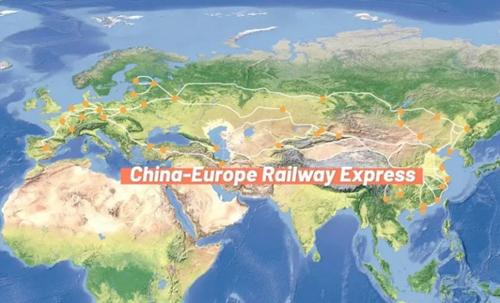
There are now 86 freight train lines in China that are linked to more than 200 cities
in 25 European countries and regions and more than 100 cities in Asia,
so the network covers almost the entire landmass of Eurasia.
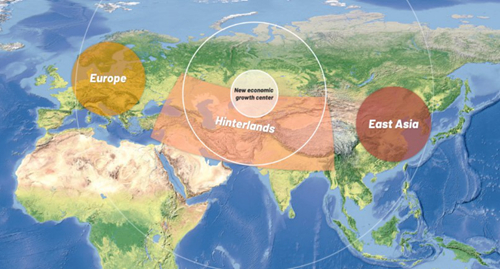
This network has brought together the economies of East Asia and developed Europe with the vast hinterland countries, resulting in increased economic and trade exchanges, the growth of thriving cities, and the emergence of a new center of global economic growth.
Thanks to this, Jinan Quanhua Gable Top Carton can be delivered to customers in Eurasia faster, strengthening trade cooperation opportunities between the two parties.



